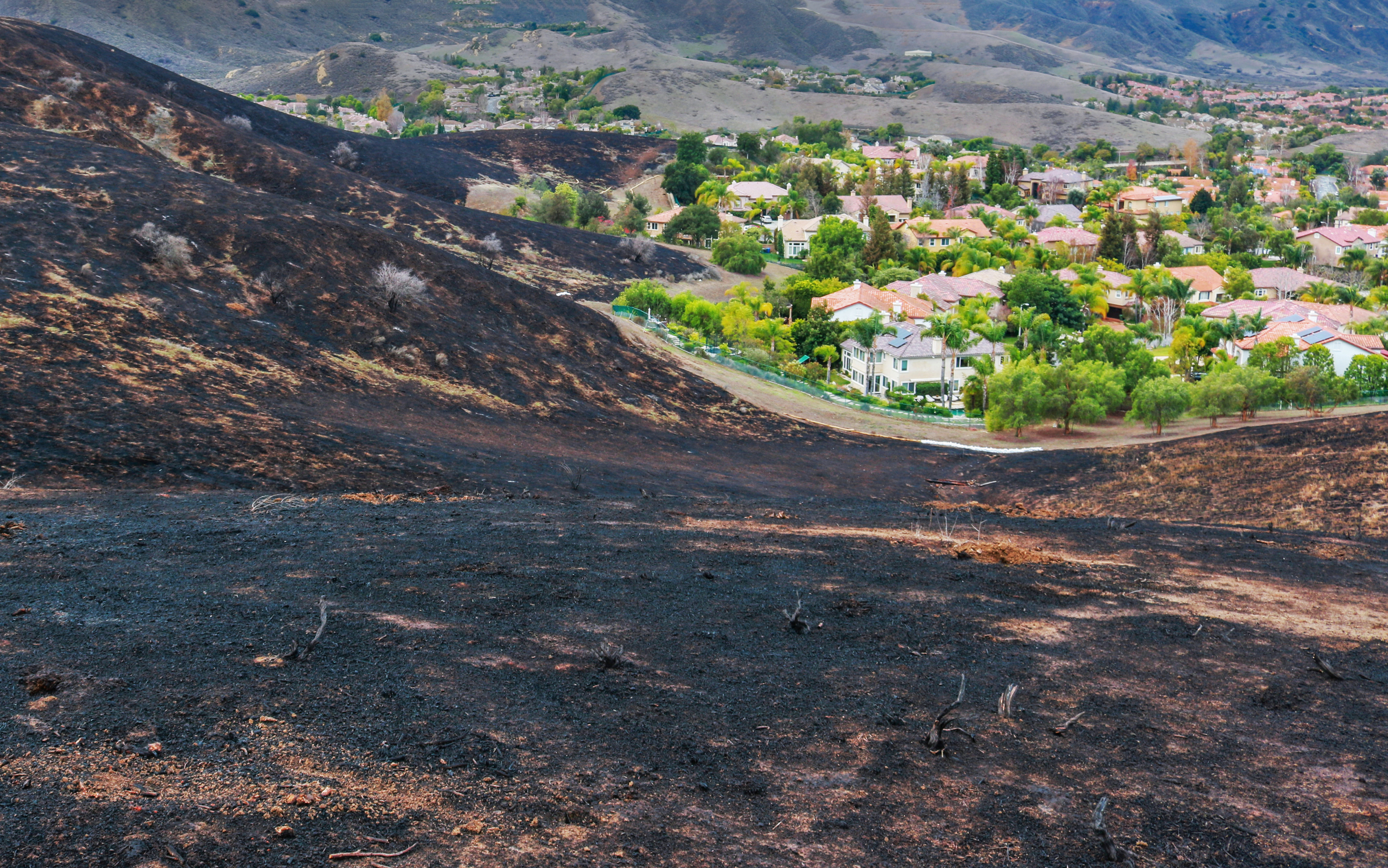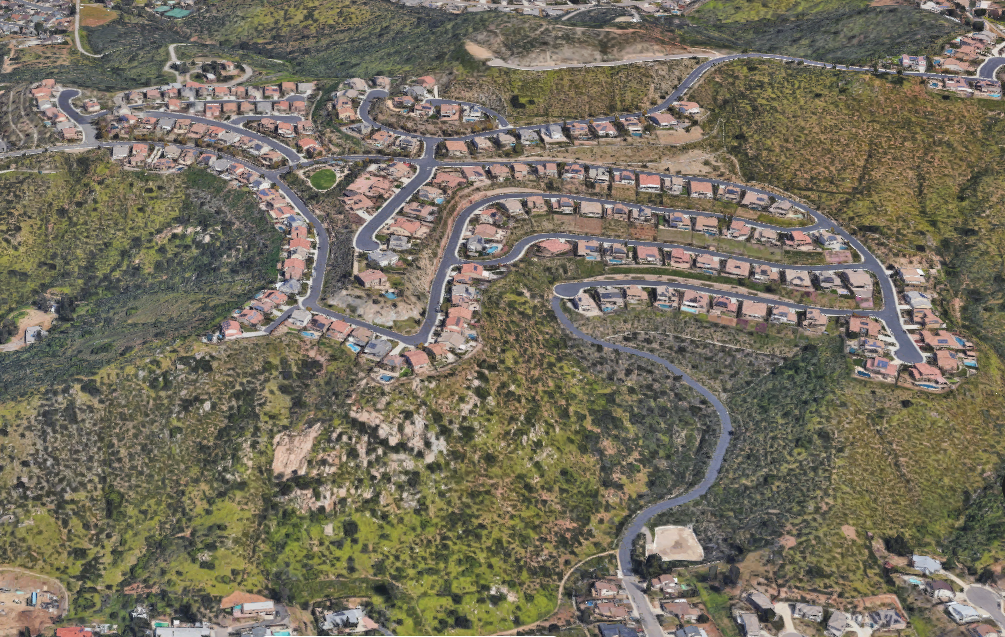Background
Following a publication in the International Journal of Wildland Fire about the trend of high wildfire damage in interface communities in California, previously approved housing developments in the California Wildland Urban Interface (WUI) are seeing new scrutiny. Specifically, the Interface portion of the WUI, which has relatively little wildland vegetation and more homes than the Intermix and Rural areas, is experiencing the majority of the wildfire losses. These communities have been popular for suburban housing expansion since the 1970s, but recent studies could change that trend.
Recent Developments
Now, courts are blocking and delaying multiple proposed, planned, and even approved new development communities in the Interface region. In July 2020, the Lake County Board of Supervisors approved the Guernov Valley Luxury Resort. This proposal includes a master planned resort. It comprises of luxury apartments, villas, hotels, a golf course, and many other resort amenities. Earlier this month, Superior Court Judge ruled that the Guenoc Valley Luxury Resort proposal violated the California Environmental Quality Act. The judge ruled it was lacking acceptable wildfire and emergency plans. This decision comes on the heels of the LNU Lightning Complex fires in August of 2020, which caused six deaths and destroyed nearly 1,500 structures.
In Southern California, judges and environmental policy advocates are bringing scrutiny over two new development communities in San Diego County. First, San Diego County approved the Otay Ranch Resort Village project in 2019. The project is the largest of its kind in San Diego County and includes 23,000 acres of expansion. Shortly after the approval, several environmental groups, backed by the state’s Attorney General, challenged the project due to wildfire risk. They presented data that showed 68 wildfires recorded within five miles of the project. The judge agreed that the Environmental Impact Report did not properly analyze or disclose the project’s wildfire risk and other environmental impacts. Read the court ruling here.
A similar opposition led the City of Santee, a small town in the East County region of San Diego County, to reopen a public review of the Fanita Ranch new development project. Santee residents will get a chance to vote on the project in November 2022. The project was approved last September. However, an extensive citizen petition was able to force the City Council to put the project to a community vote.
Final Decisions
These decisions are not final. Additionally, developers will have additional chances to modify their plans to better account for the wildfire threat. These projects do, however, represent a positive change in how communities and policy leaders are starting to put wildfire risk as a priority when considering new developments.
For other considerations regarding homes in the wildland urban interface, read our blog on the housing market and insurance premiums in the WUI.
Sources:
https://www.sacbee.com/news/california/fires/article257093052.html





